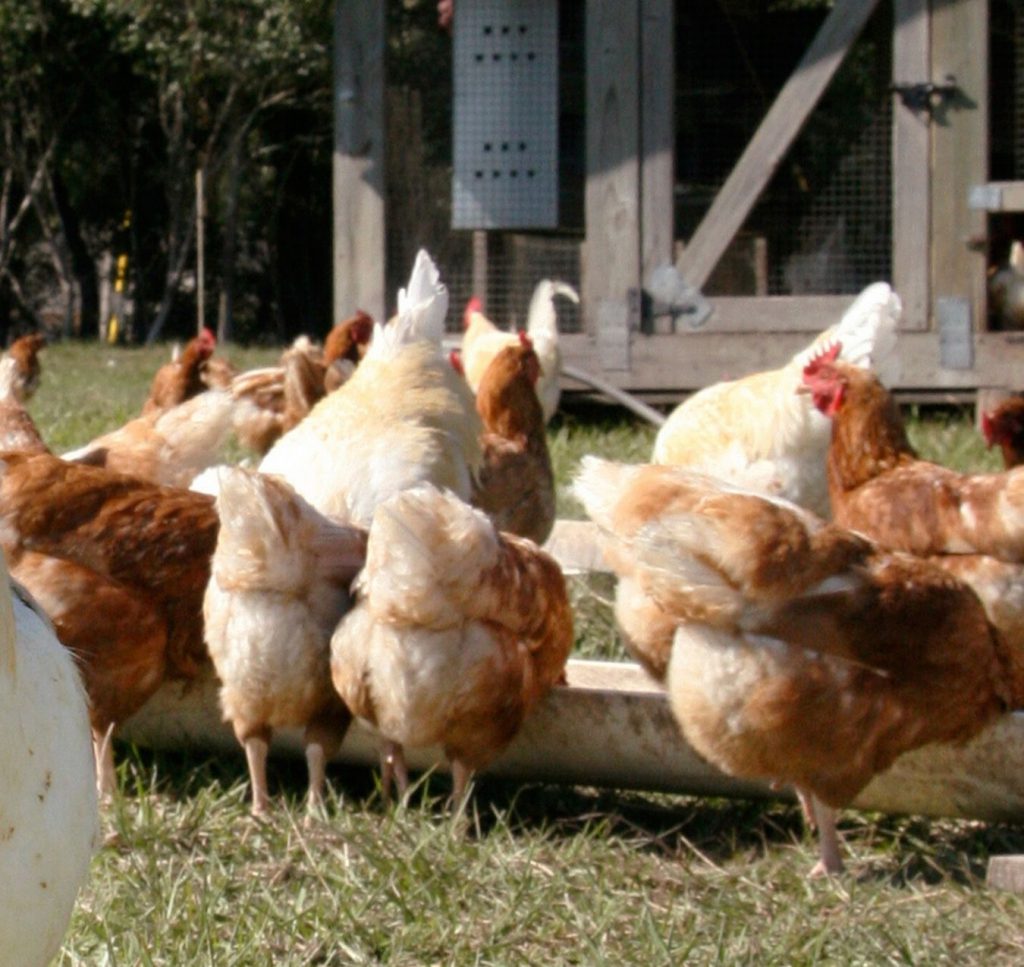As we are all trying to figure out how to make it through this pandemic, many of us have decided to start trying to be self sufficient. As prices rise and resources seem to be unpredictable, why not start providing for yourself?Back yard chickens are just one way we can start on this path, but there are food safety issues we need to think about when eating the products of these chickens.
The bacteria Salmonella is very common in chickens and their products. Salmonella is typically found in the feces of chickens, but it can contaminate the inside of the eggs before the shell is formed. This foodborne illness most commonly causes vomiting and diarrhea, but can be fatal for vulnerable populations. Use this as a guide to help protect yourself and your family from this bacterium and to enjoy those fresh eggs.
Collection:
- Eggs should be collected 2-3 times a day

- If shells are broken or cracked, eggs should be thrown out
- Wash your hands after collecting the eggs or anytime you are in contact with them
Cleaning:
- Wash your hands before and after cleaning the eggs
- Shells should be cleaned using a dry method such as a brush, cloth, or fine sandpaper
- Wet cleaning is not recommended. It removes the protective covering on the egg and allows bacteria to enter inside the shell
Storage:
- Eggs should be refrigerated at 40 degrees or less after cleaning
- Eggs should be kept in a container (carton if available) in the coldest part of the refrigerator
- Eggs can be stored for 4-5 weeks (write date on storage container)
Consuming:
- Wash your hands before and after touching shelled eggs or if any raw egg gets on your hands
- Inspect for any cracks and discard if found
- Never consume raw eggs
- Cook eggs until both yolk and white are firm. Eggs and egg dishes should be cooked to an internal temperature of 160 degrees or more
- Eat or refrigerate eggs or egg dishes within 2 hours of cooking or 1 hour if temperature is hotter than 90 degrees
- Wash any surface, utensils or equipment that comes in contact with the eggs using hot, soapy water
** The guidelines are based on personal consumption only. If you want to sell find more info here https://www.fdacs.gov/content/download/64358/file/SHELL-EGG-PROCESSOR-REQUIREMENTS.pdf ***
Resources: CDC, University of Minnesota Extension, USDA
 0
0

